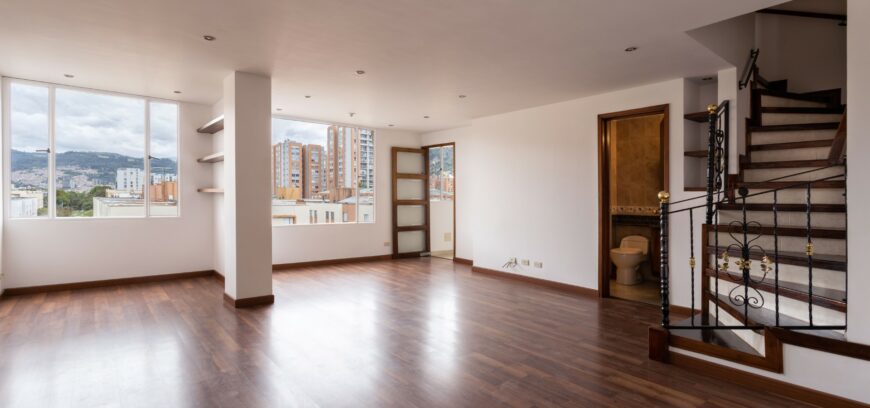
Insuring a Vacant Dwelling
Looking into insuring a vacant dwelling? An unoccupied home is where occupants are away for 4 or more consecutive days yet show intent on return. Necessary precautions to protect the home during their time away is recommended and this includes, but is not limited to:
- having a competent person check on the home every day,
- keeping the heat on enough during winter months
- shutting off the water supply.
A vacant dwelling is deemed so if, regardless of the presence of furnishings, all occupants have moved out and show no intent on returning. Some examples of a vacant dwelling can include:
- a newly constructed house where no occupant has yet taken up residence
- a house being rented out but doesn’t yet have any current tenants or an estate waiting to be sold after a death.
Insuring a Vacant Dwelling
If it’s obvious a home isn’t being lived in it becomes a target for unwanted damage so insuring a vacant dwelling can be costly. Insurers regard the home as being at higher risk for damage. It is important for property owners to alert their insurance broker within 30 days of the dwelling becoming vacant and to obtain a Vacancy Permit so the property can be insured as best possible.
It is worth noting that Insurance companies may not cover perils such as water damage or vandalism on a vacant property so taking care of the property is a good way to deter any unwelcome visitors or damage. This can be done by frequently checking on the home, mowing the lawn, putting on timed lights within the home and making sure all windows and doors are locked.
If a property owner does not alert their insurance company about the vacancy they run the risk of a claim being denied if any damages occurred along with their policy being canceled. A home can be a big investment so it is worth protecting – talking to your insurance broker is the best course of action if you need advice on what’s involved with insuring a vacant dwelling.
 1-877-454-4476
1-877-454-4476
